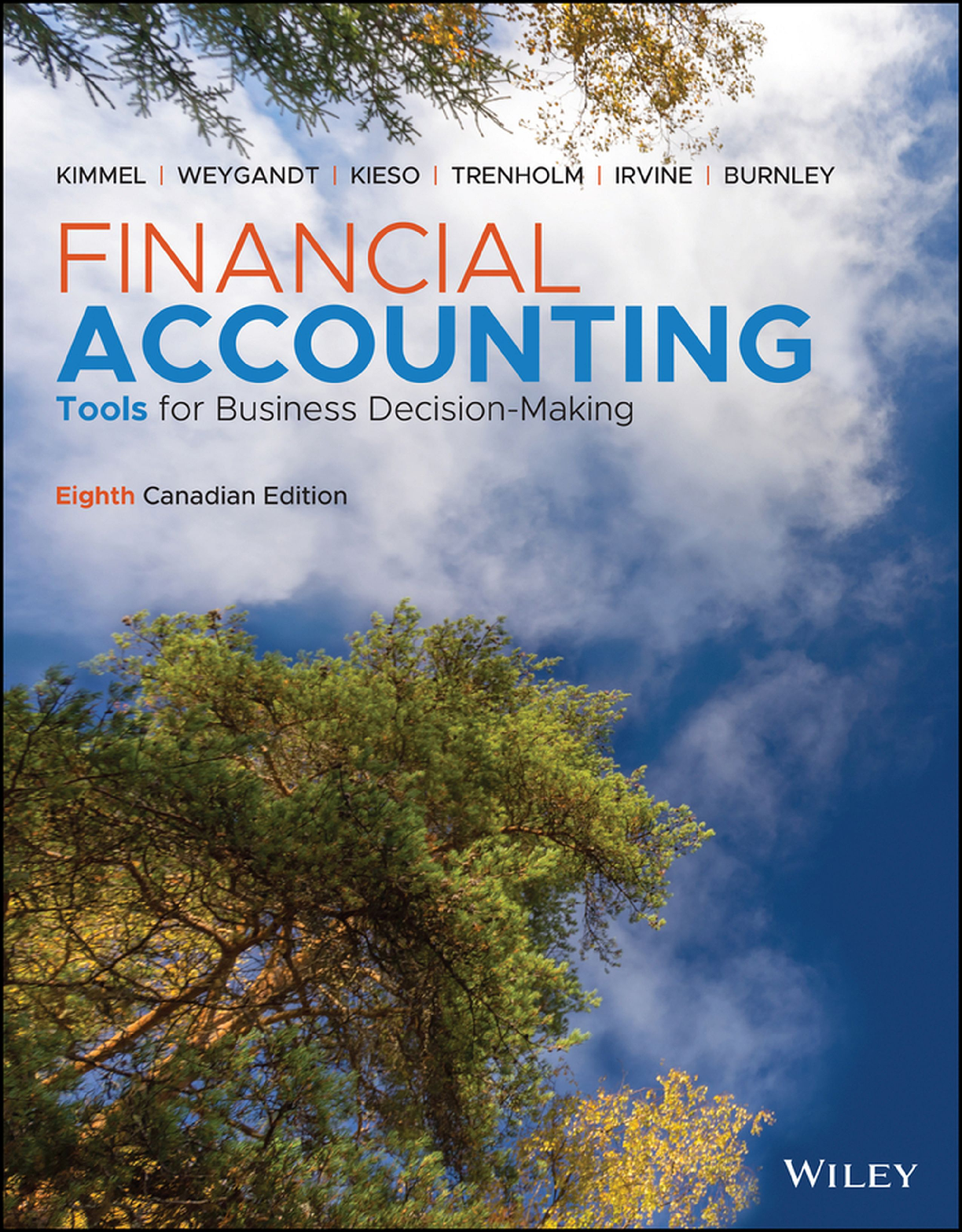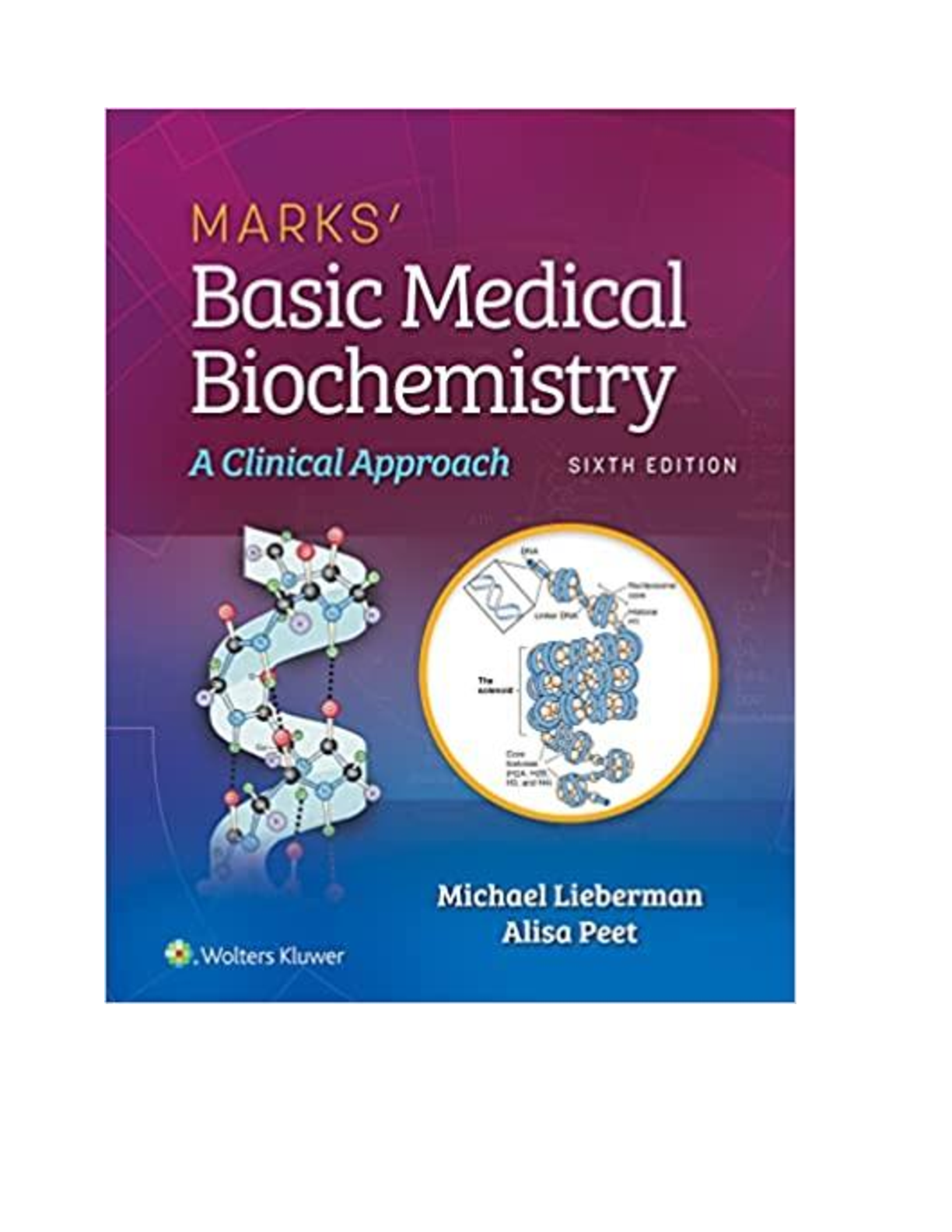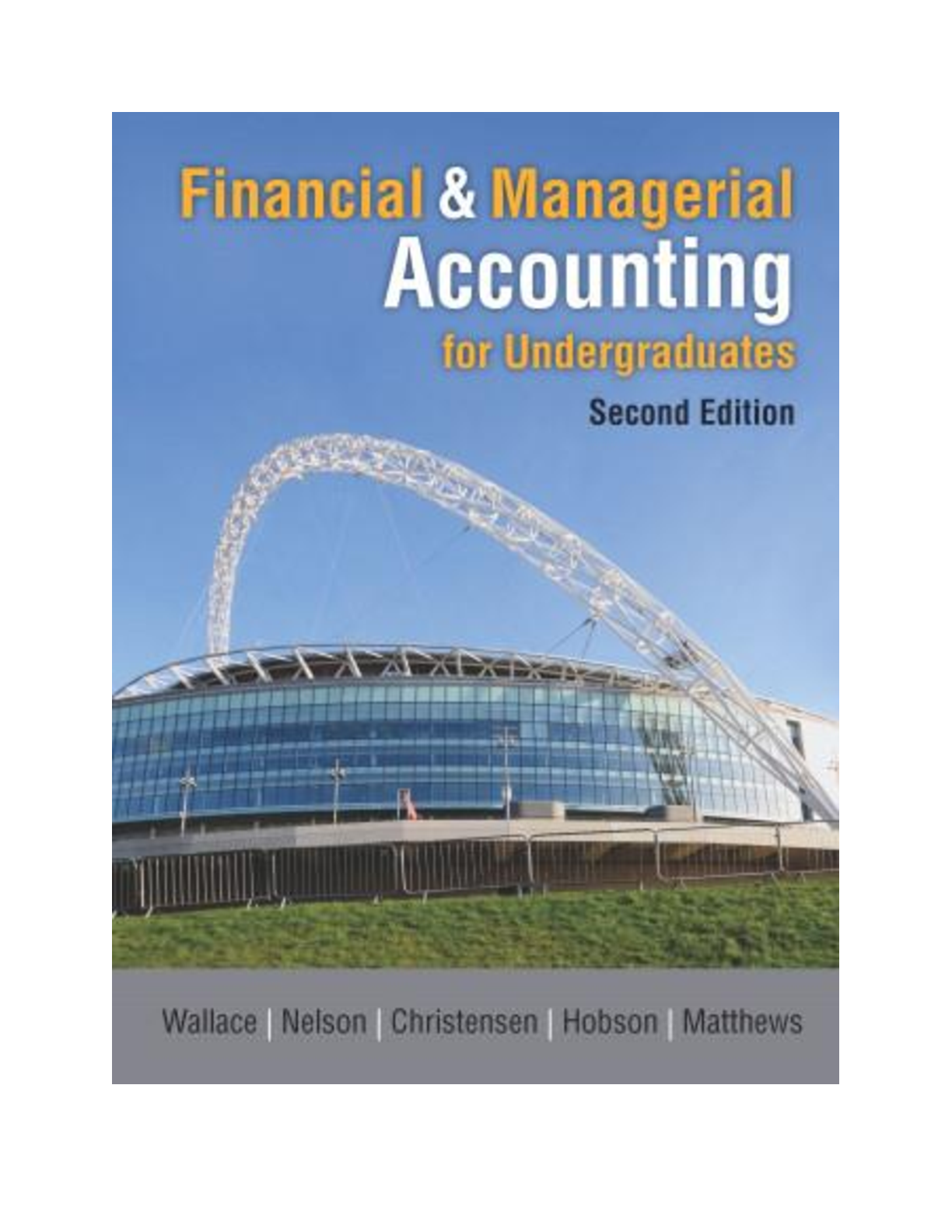Physics > eBook-PDF > Principles & Practice of Physics, 2nd edition By Eric Mazur [PDF] [eBook] (All)
Principles & Practice of Physics, 2nd edition By Eric Mazur [PDF] [eBook]
Document Content and Description Below
Title Page Copyright Page Brief Contents About the Author To the Student To the Instructor Acknowledgments Detailed Contents Chapter 1 Foundations 1.1 The scientific method 1.2 Symmetry 1... .3 Matter and the universe 1.4 Time and change 1.5 Representations 1.6 Physical quantities and units 1.7 Significant digits 1.8 Solving problems 1.9 Developing a feel Chapter 2 Motion in One Dimension 2.1 From reality to model 2.2 Position and displacement 2.3 Representing motion 2.4 Average speed and average velocity 2.5 Scalars and vectors 2.6 Position and displacement vectors 2.7 Velocity as a vector 2.8 Motion at constant velocity 2.9 Instantaneous velocity Chapter 3 Acceleration 3.1 Changes in velocity 3.2 Acceleration due to gravity 3.3 Projectile motion 3.4 Motion diagrams 3.5 Motion with constant acceleration 3.6 Free‐fall equations 3.7 Inclined planes 3.8 Instantaneous acceleration Chapter 4 Momentum 4.1 Friction 4.2 Inertia 4.3 What determines inertia? 4.4 Systems 4.5 Inertial standard 4.6 Momentum 4.7 Isolated systems 4.8 Conservation of momentum Chapter 5 Energy 5.1 Classification of collisions 5.2 Kinetic energy 5.3 Internal energy 5.4 Closed systems 5.5 Elastic collisions 5.6 Inelastic collisions 5.7 Conservation of energy 5.8 Explosive separations Chapter 6 Principle of Relativity 6.1 Relativity of motion 6.2 Inertial reference frames 6.3 Principle of relativity 6.4 Zero‐momentum reference frame 6.5 Galilean relativity 6.6 Center of mass 6.7 Convertible kinetic energy 6.8 Conservation laws and relativity Chapter 7 Interactions 7.1 The effects of interactions 7.2 Potential energy 7.3 Energy dissipation 7.4 Source energy 7.5 Interaction range 7.6 Fundamental interactions 7.7 Interactions and accelerations 7.8 Nondissipative interactions 7.9 Potential energy near Earth’s surface 7.10 Dissipative interactions Chapter 8 Force 8.1 Momentum and force 8.2 The reciprocity of forces 8.3 Identifying forces 8.4 Translational equilibrium 8.5 Free‐body diagrams 8.6 Springs and tension 8.7 Equation of motion 8.8 Force of gravity 8.9 Hooke’s law 8.10 Impulse 8.11 Systems of two interacting objects 8.12 Systems of many interacting objects Chapter 9 Work 9.1 Force displacement 9.2 Positive and negative work 9.3 Energy diagrams 9.4 Choice of system 9.5 Work done on a single particle 9.6 Work done on a many‐particle system 9.7 Variable and distributed forces 9.8 Power Chapter 10 Motion in a Plane 10.1 Straight is a relative term 10.2 Vectors in a plane 10.3 Decomposition of forces 10.4 Friction 10.5 Work and friction 10.6 Vector algebra 10.7 Projectile motion in two dimensions 10.8 Collisions and momentum in two dimensions 10.9 Work as the product of two vectors 10.10 Coefficients of friction Chapter 11 Motion in a Circle 11.1 Circular motion at constant speed 11.2 Forces and circular motion 11.3 Rotational inertia 11.4 Rotational kinematics 11.5 Angular momentum 11.6 Rotational inertia of extended objects Chapter 12 Torque 12.1 Torque and angular momentum 12.2 Free rotation 12.3 Extended free‐body diagrams 12.4 The vectorial nature of rotation 12.5 Conservation of angular momentum 12.6 Rolling motion 12.7 Torque and energy 12.8 The vector product Chapter 13 Gravity 13.1 Universal gravity 13.2 Gravity and angular momentum 13.3 Weight 13.4 Principle of equivalence 13.5 Gravitational constant 13.6 Gravitational potential energy 13.7 Celestial mechanics 13.8 Gravitational force exerted by a sphere Chapter 14 Special Relativity 14.1 Time measurements 14.2 Simultaneous is a relative term 14.3 Space‐time 14.4 Matter and energy 14.5 Time dilation 14.6 Length contraction 14.7 Conservation of momentum 14.8 Conservation of energy Chapter 15 Periodic Motion 15.1 Periodic motion and energy 15.2 Simple harmonic motion 15.3 Fourier’s theorem 15.4 Restoring forces in simple harmonic motion 15.5 Energy of a simple harmonic oscillator 15.6 Simple harmonic motion and springs 15.7 Restoring torques 15.8 Damped oscillations Chapter 16 Waves in One Dimension 16.1 Representing waves graphically 16.2 Wave propagation 16.3 Superposition of waves 16.4 Boundary effects 16.5 Wave functions 16.6 Standing waves 16.7 Wave speed 16.8 Energy transport in waves 16.9 The wave equation Chapter 17 Waves in Two and Three Dimensions 17.1 Wavefronts 17.2 Sound 17.3 Interference 17.4 Diffraction 17.5 Intensity 17.6 Beats 17.7 Doppler effects 17.8 Shock waves Chapter 18 Fluids 18.1 Forces in a fluid 18.2 Buoyancy 18.3 Fluid flow 18.4 Surface effects 18.5 Pressure and gravity 18.6 Working with pressure 18.7 Bernoulli’s equation 18.8 Viscosity and surface tension Chapter 19 Entropy 19.1 States 19.2 Equipartition of energy 19.3 Equipartition of space 19.4 Evolution toward the most probable macrostate 19.5 Dependence of entropy on volume 19.6 Dependence of entropy on energy 19.7 Properties of a monatomic ideal gas 19.8 Entropy of a monatomic ideal gas Chapter 20 Energy Transferred Thermally 20.1 Thermal interactions 20.2 Temperature measurement 20.3 Heat capacity 20.4 PV diagrams and processes 20.5 Change in energy and work 20.6 Isochoric and isentropic ideal gas processes 20.7 Isobaric and isothermal ideal gas processes 20.8 Entropy change in ideal gas processes 20.9 Entropy change in nonideal gas processes Chapter 21 Degradation of Energy 21.1 Converting energy 21.2 Quality of energy 21.3 Heat engines and heat pumps 21.4 Thermodynamic cycles 21.5 Entropy constraints on energy transfers 21.6 Heat engine performance 21.7 Carnot cycle 21.8 Brayton cycle Chapter 22 Electric Interactions 22.1 Static electricity 22.2 Electrical charge 22.3 Mobility of charge carriers 22.4 Charge polarization 22.5 Coulomb’s law 22.6 Forces exerted by distributions of charge carriers Chapter 23 The Electric Field 23.1 The field model 23.2 Electric field diagrams 23.3 Superposition of electric fields 23.4 Electric fields and forces 23.5 Electric field of a charged particle 23.6 Dipole field 23.7 Electric fields of continuous charge distributions 23.8 Dipoles in electric fields Chapter 24 Gauss’s Law 24.1 Electric field lines 24.2 Field line density 24.3 Closed surfaces 24.4 Symmetry and Gaussian surfaces 24.5 Charged conducting objects 24.6 Electric flux 24.7 Deriving Gauss’s law 24.8 Applying Gauss’s law Chapter 25 Work and Energy in Electrostatics 25.1 Electric potential energy 25.2 Electrostatic work 25.3 Equipotentials 25.4 Calculating work and energy in electrostatics 25.5 Potential difference 25.6 Electrostatic potentials of continuous charge distributions 25.7 Obtaining the electric field from the potential Chapter 26 Charge Separation and Storage 26.1 Charge separation 26.2 Capacitors 26.3 Dielectrics 26.4 Voltaic cells and batteries 26.5 Capacitance 26.6 Electric field energy and emf 26.7 Dielectric constant 26.8 Gauss’s law in dielectrics Chapter 27 Magnetic Interactions 27.1 Magnetism 27.2 Magnetic fields 27.3 Charge flow and magnetism 27.4 Magnetism and relativity 27.5 Current and magnetism 27.6 Magnetic flux 27.7 Moving particles in electric and magnetic fields 27.8 Magnetism and electricity unified Chapter 28 Magnetic Fields of Charged Particles in Motion 28.1 Source of the magnetic field 28.2 Current loops and spin magnetism 28.3 Magnetic dipole moment and torque 28.4 AmpÈrian paths 28.5 AmpÈre’s law 28.6 Solenoids and toroids 28.7 Magnetic fields due to currents 28.8 Magnetic field of a moving charged particle Chapter 29 Changing Magnetic Fields 29.1 Moving conductors in magnetic fields 29.2 Faraday’s law 29.3 Electric fields accompany changing magnetic fields 29.4 Lenz’s law 29.5 Induced emf 29.6 Electric field accompanying a changing magnetic field 29.7 Inductance 29.8 Magnetic energy Chapter 30 Changing Electric Fields 30.1 Magnetic fields accompany changing electric fields 30.2 Fields of moving charged particles 30.3 Oscillating dipoles and antennas 30.4 Displacement current 30.5 Maxwell’s equations 30.6 Electromagnetic waves 30.7 Electromagnetic energy Chapter 31 Electric Circuits 31.1 The basic circuit 31.2 Current and resistance 31.3 Junctions and multiple loops 31.4 Electric fields in conductors 31.5 Resistance and Ohm’s law 31.6 Single‐loop circuits 31.7 Multiloop circuits 31.8 Power in electric circuits Chapter 32 Electronics 32.1 Alternating currents 32.2 AC circuits 32.3 Semiconductors 32.4 Diodes, transistors, and logic gates 32.5 Reactance 32.6 RC and RLC series circuits 32.7 Resonance 32.8 Power in AC circuits Chapter 33 Ray Optics 33.1 Rays 33.2 Absorption, transmission, and reflection 33.3 Refraction and dispersion 33.4 Forming images 33.5 Snel’s law 33.6 Thin lenses and optical instruments 33.7 Spherical mirrors 33.8 Lensmaker’s formula Chapter 34 Wave and Particle Optics 34.1 Diffraction of light 34.2 Diffraction gratings 34.3 X‐ray diffraction 34.4 Matter waves 34.5 Photons 34.6 Multiple‐slit interference 34.7 Thin‐film interference 34.8 Diffraction at a single‐slit barrier 34.9 Circular apertures and limits of resolution 34.10 Photon energy and momentum Appendix A: Notation Appendix B: Mathematics Review Appendix C: SI Units, Useful Data, and Unit Conversion Factors Appendix D: Center of Mass of Extended Objects Appendix E: Derivation of the Lorentz Transformation Equations Solutions to Checkpoints Credits Index [Show More]
Last updated: 1 year ago
Preview 1 out of 600 pages
Instant download

Buy this document to get the full access instantly
Instant Download Access after purchase
Add to cartInstant download
Reviews( 0 )
Document information
Connected school, study & course
About the document
Uploaded On
Dec 22, 2022
Number of pages
600
Written in
Additional information
This document has been written for:
Uploaded
Dec 22, 2022
Downloads
0
Views
100




















.png)





